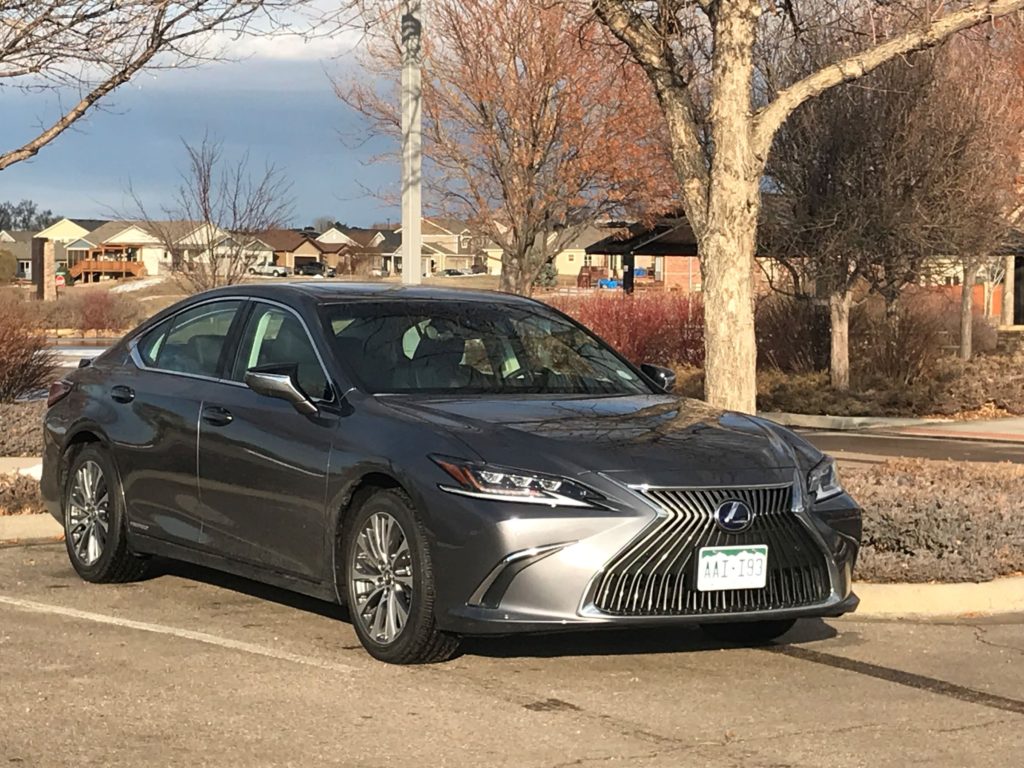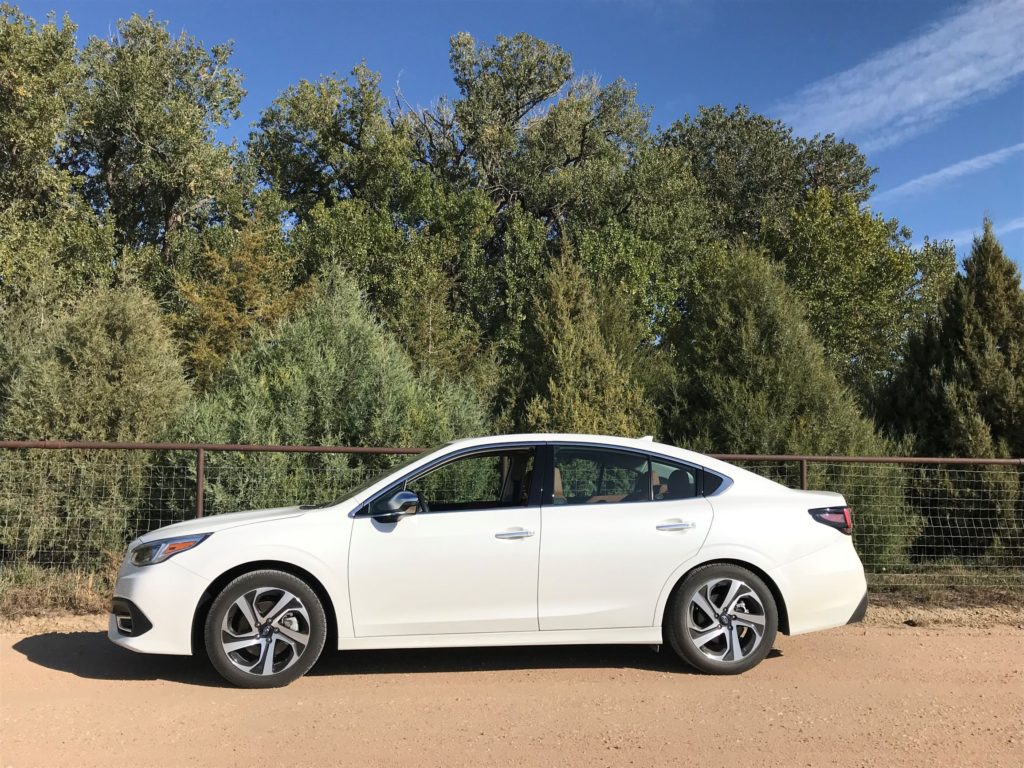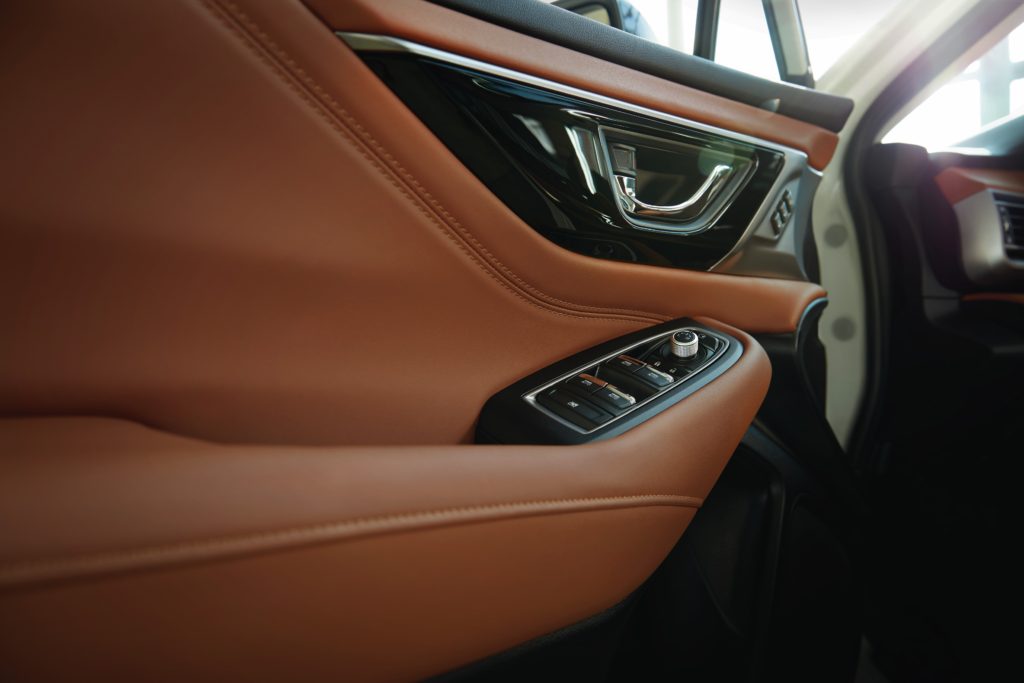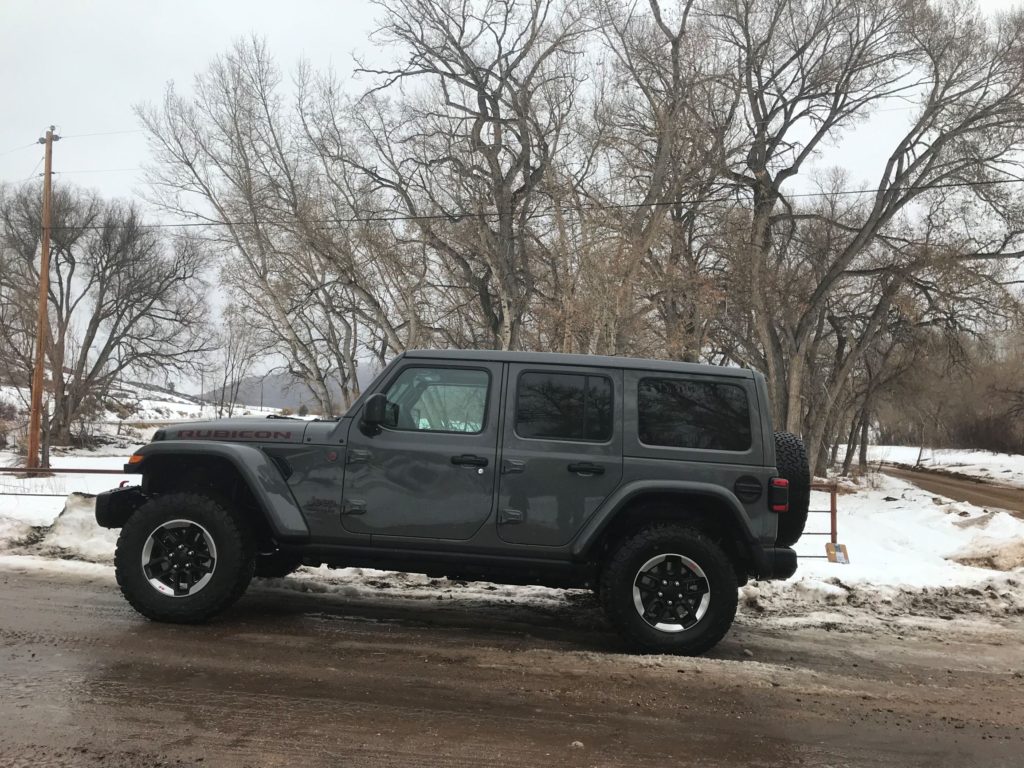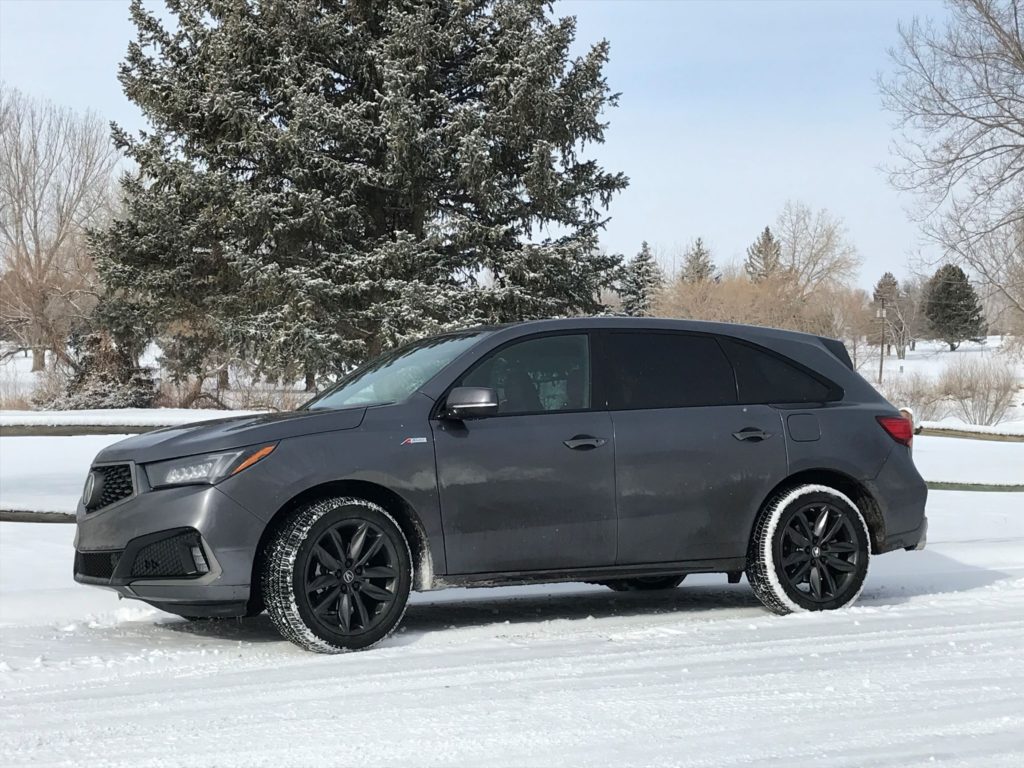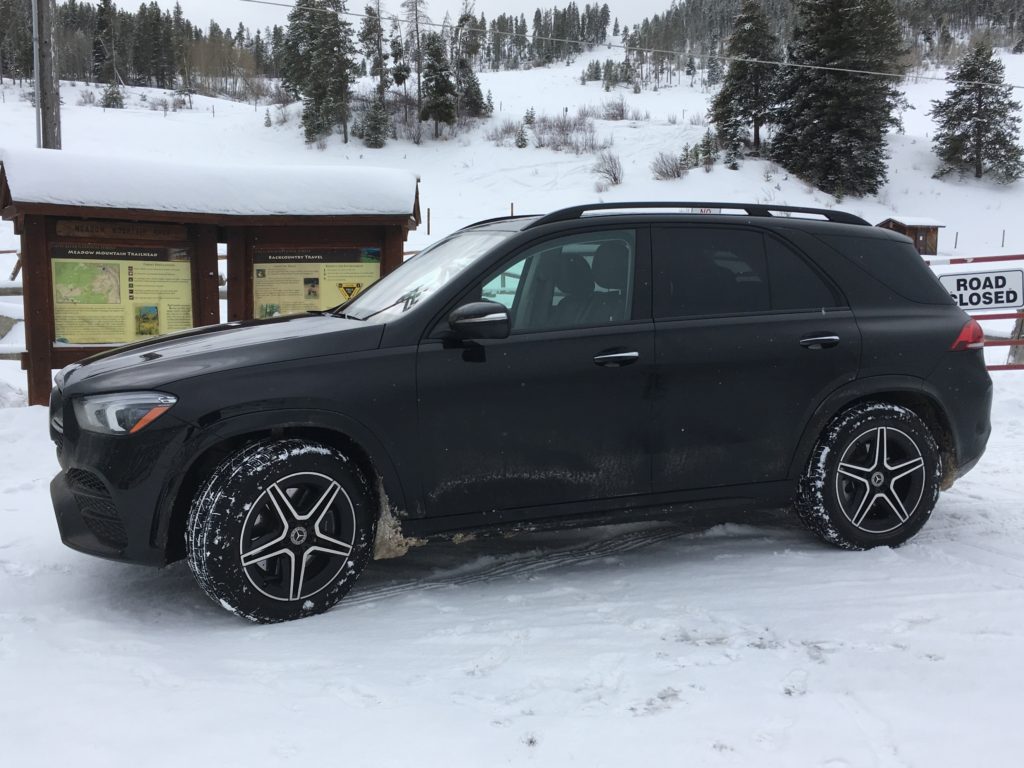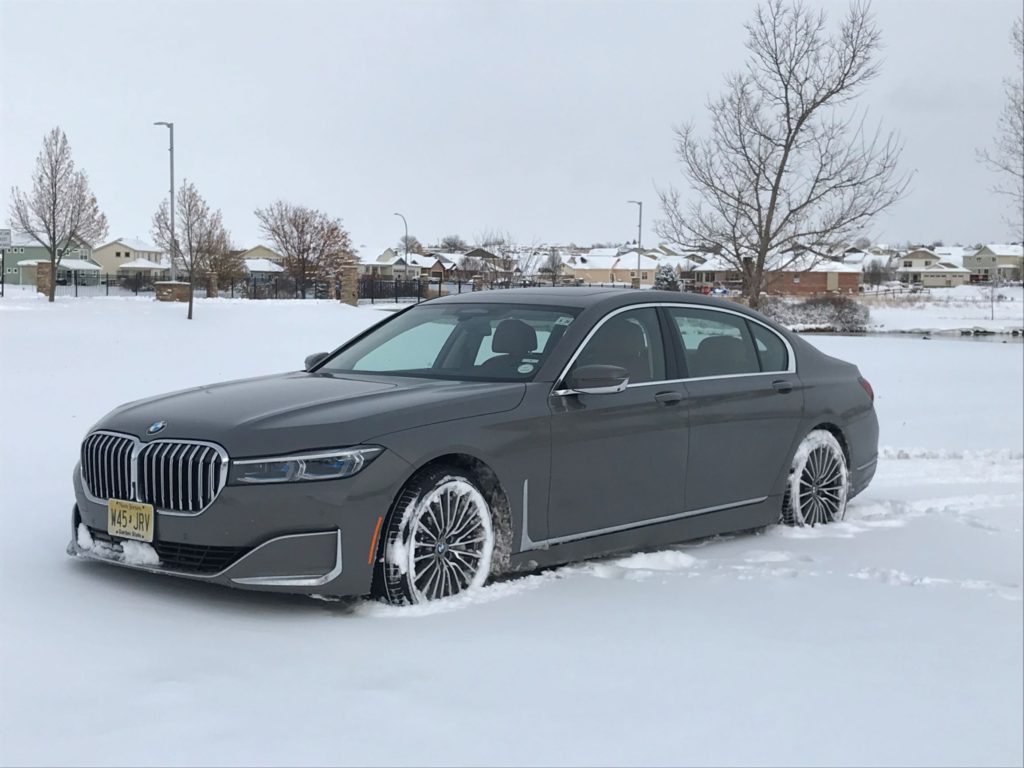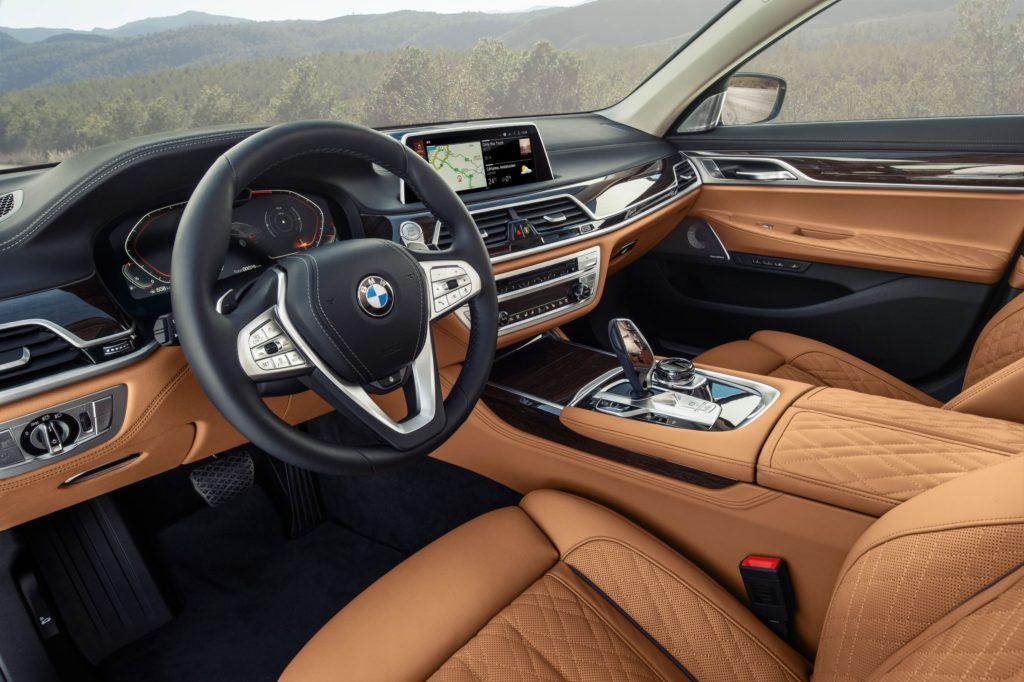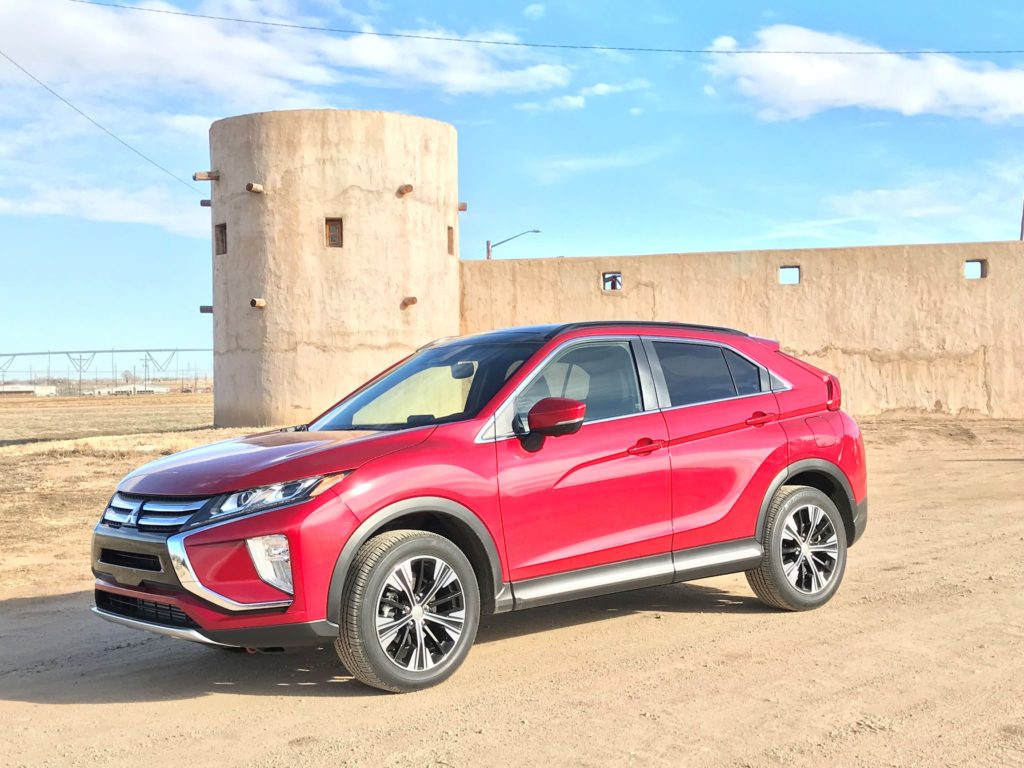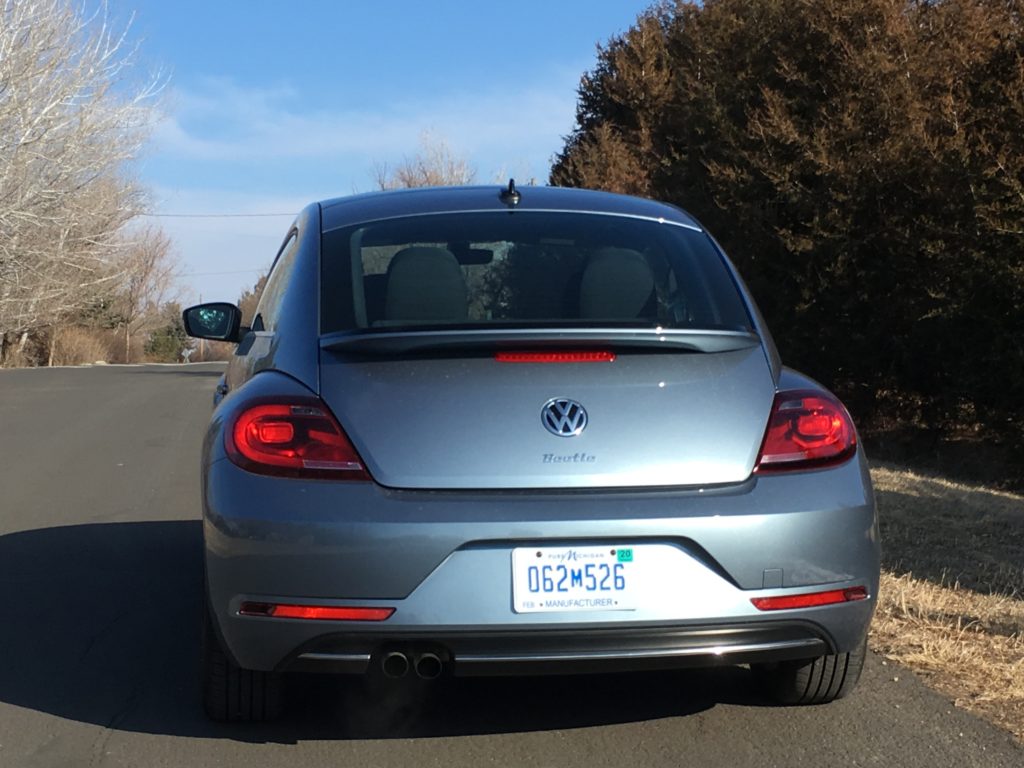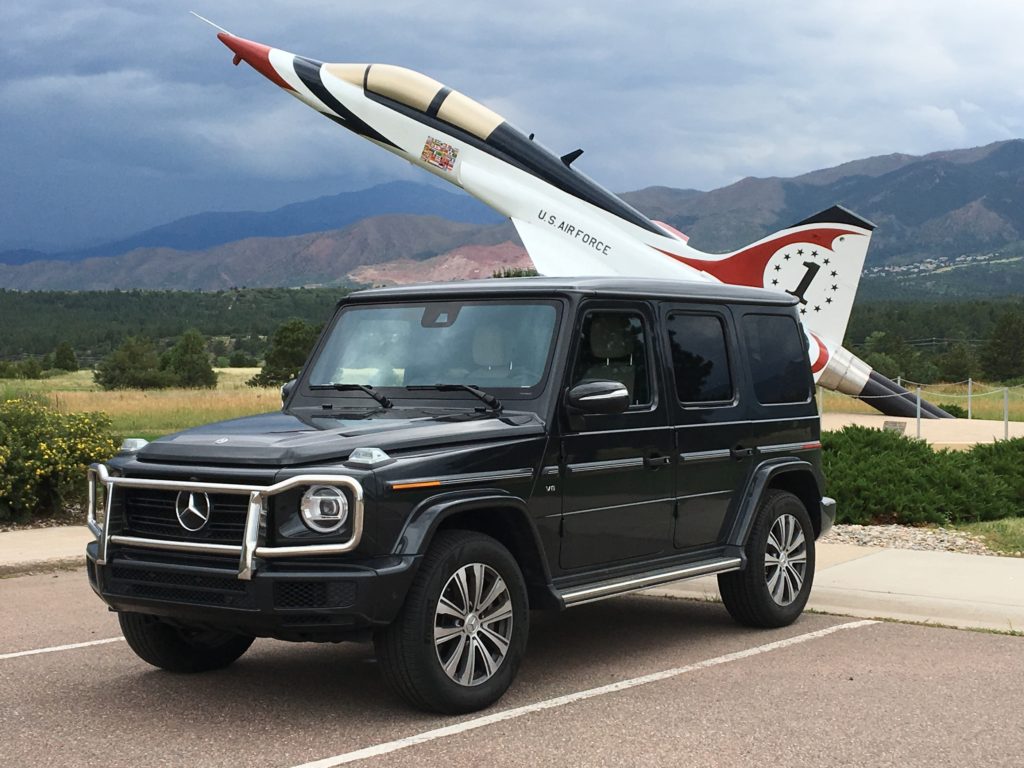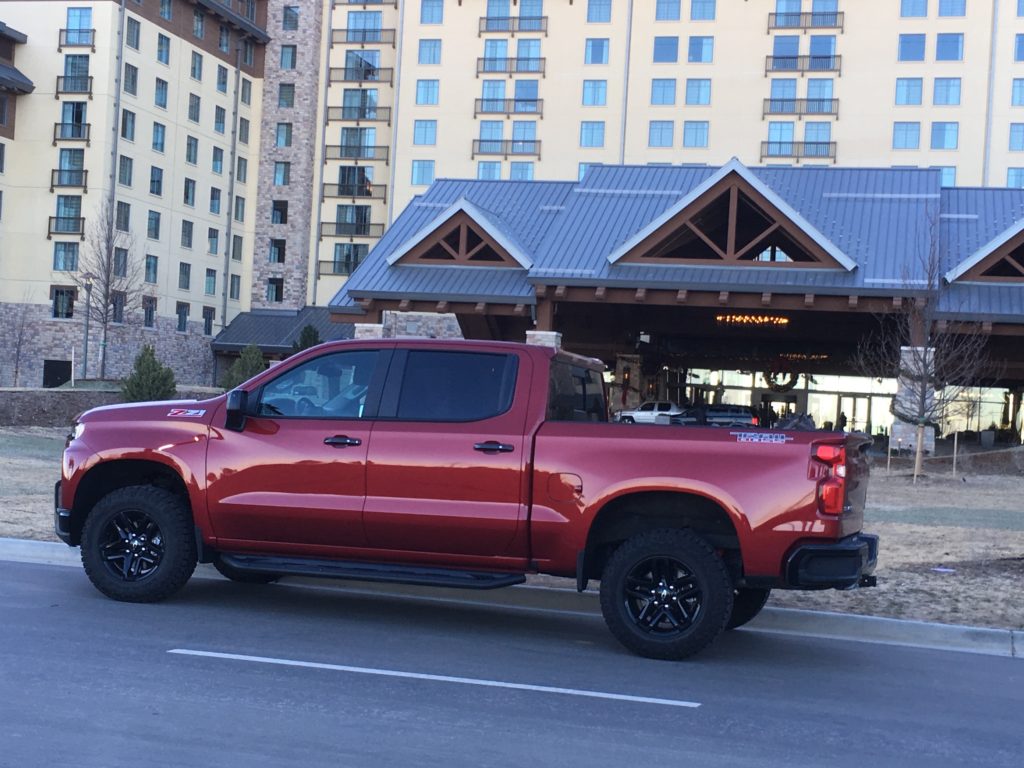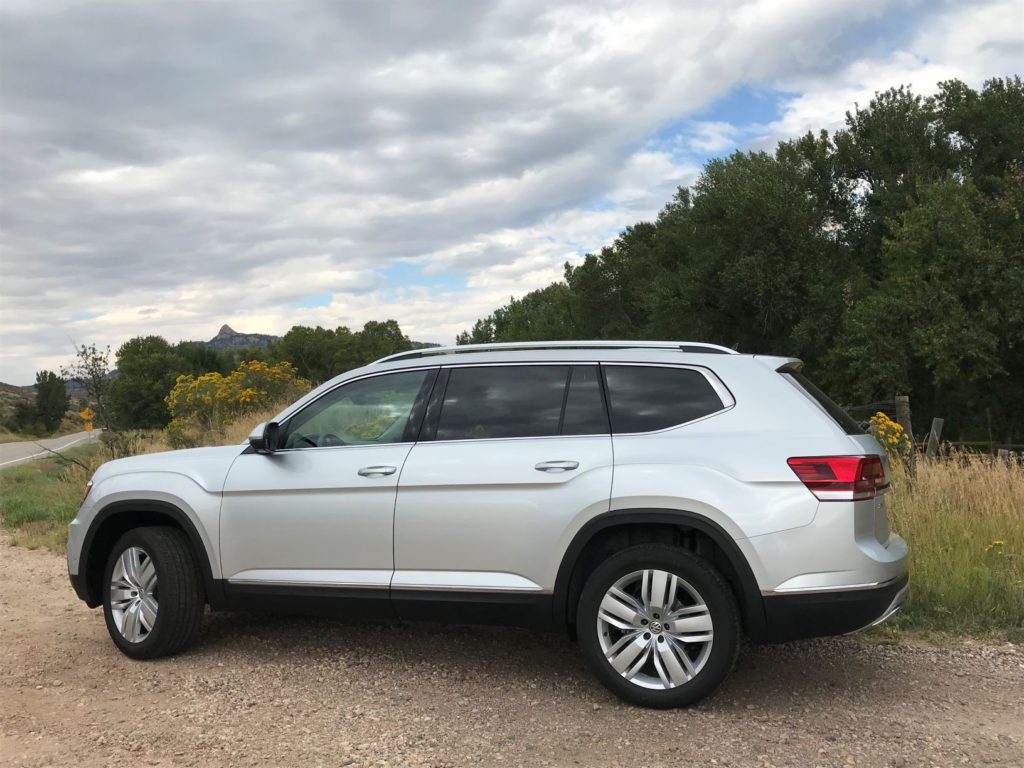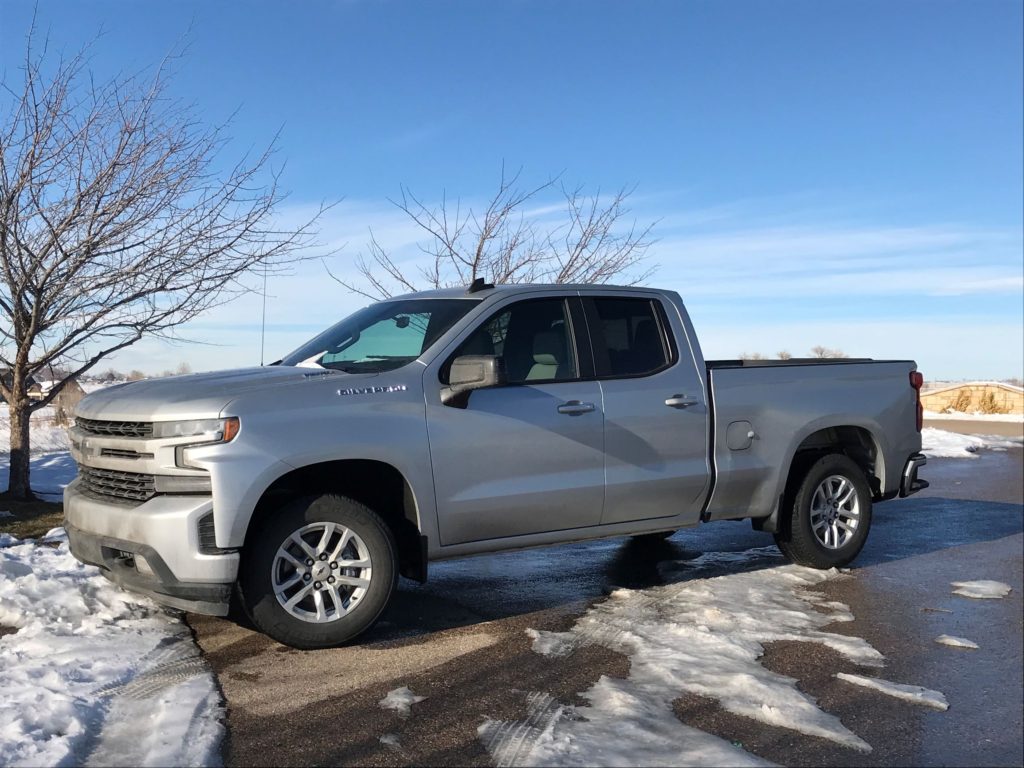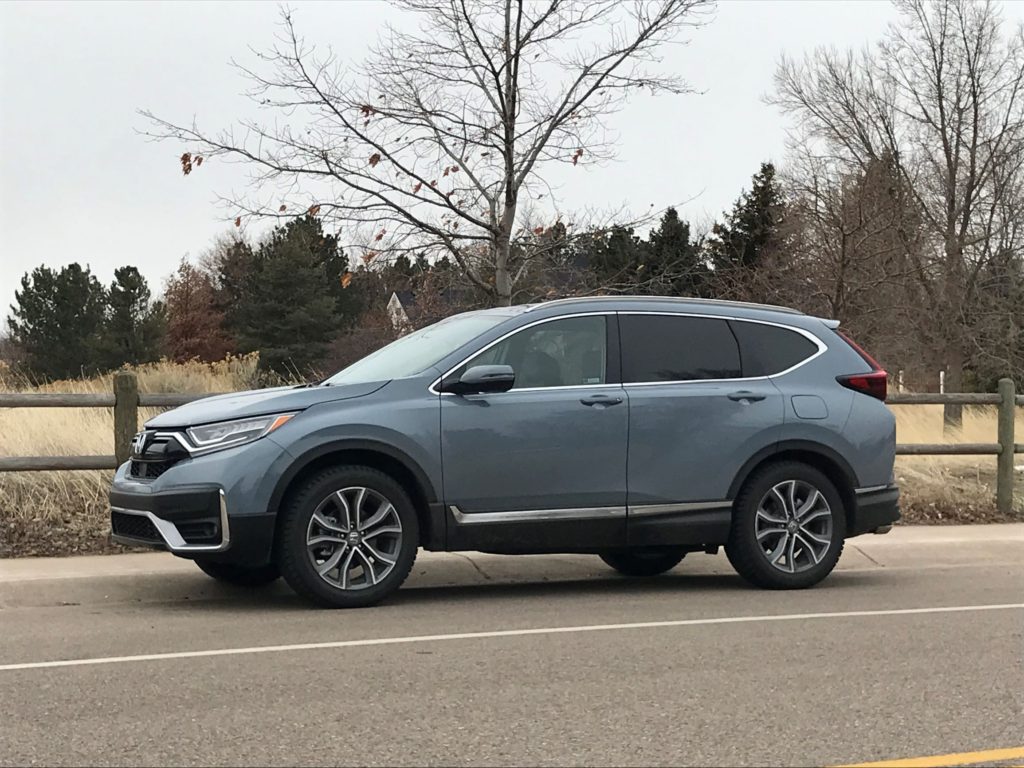
As it rolls along in mid-4th generation, the 2020 Honda CR-V has earned reputation for pleasant performance – that’s what we got aboard the compact crossover.
The CR-V has led sales of compact SUVs/crossovers in six of the past 10 years and was either second or third in the other four years.
I drove the CR-V Touring edition to Allnut Funeral Service’s Hunter Chapel in Loveland to attend final rites for Johnna Faye Templeton, 79, a classmate of Jan’s and longtime friend of both Jan and me. She is survived by her husband, Paul; daughter, Stephanie; sons, Tom and Brian, and sisters, Marti and Mandy.
That evening, Jan and I drove to Windsor, joining Brent and Tina Wells for dinner at the newly opened Cacciatore at Heller’s Kitchen at Windsor Mill on Main Street.
Though those two drives were smooth and relatively easy and the fact the CR-V is noted for outstanding economy, such as a 27 city/32 highway EPA fuel-mileage rating, the cold and snow took a toll and the review model showed only an average of 26.6 miles per gallon overall.
Turbocharging develops a satisfactory 190 horsepower from a small, 1.5-liter 4-cylinder engine and CVT transmission; ride and handling are above norm, with MacPherson strut front suspension and multilink rear. The review model was equipped with Bridgestone 235/55R19 all-season tires.
Among a long list of compact competitors to the Honda are the Toyota RAV4, Mazda CX-5, Subaru Forester, Ford Escape, Chevy Equinox, Jeep Cherokee, Kia Sportage, Volkswagen Tiguan, Hyundai Tucson, Nissan Rogue, GMC Terrain, Jeep Compass and Mitsubishi Outlander.
The CR-V is slightly longer in overall length and a bit heavier in curb weight than the RAV4 and CX-5. Besides its nice, comfortable ride, the Honda offers a roomy cabin and large cargo area. The space behind the back seat measures 38 cubic feet and the cargo floor is positioned relatively low for easy loading.
The well-equipped CR-V Touring model, with sticker price of $35,845, carried among its standard items – Apple CarPlay/Android Auto/wireless phone charger, power moonroof, heated steering wheel, hands-free access power tailgate, remote start, 19-inch all-season tires. A Honda Sensing safety package added adaptive cruise control, collision-mitigation braking, lane-keeping assist and road-departure mitigation.
The base 2020 CR-V LX trim level with all-wheel drive has a beginning price of around $27,550.
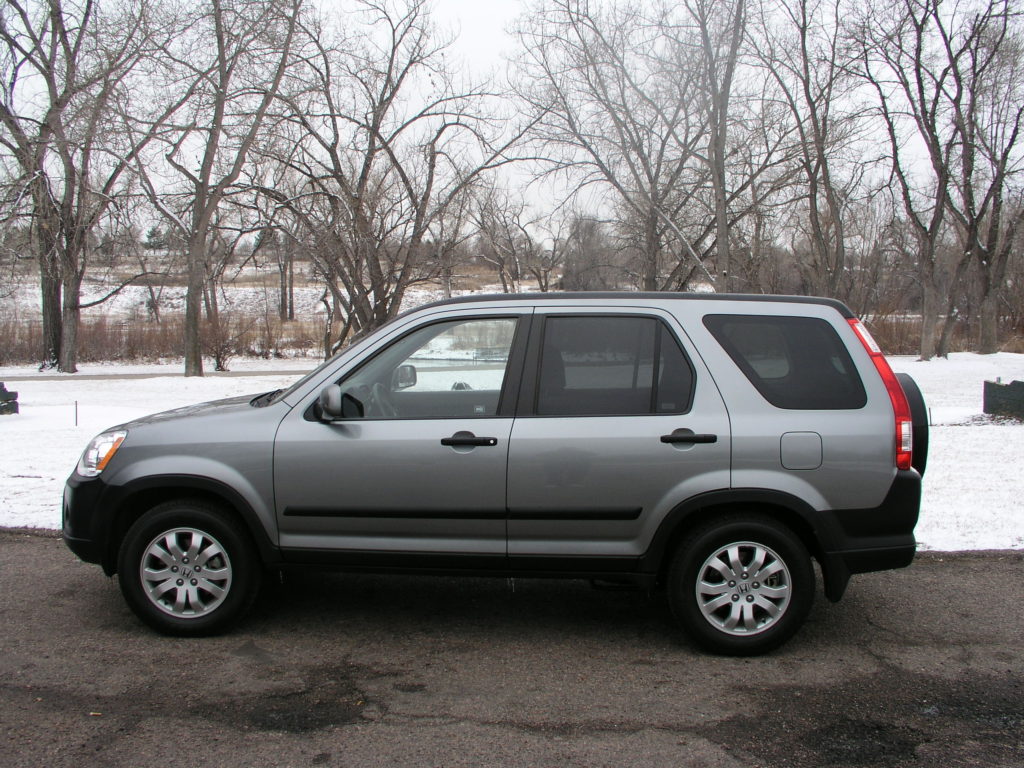
Highlighting the spring selling season for Honda will be a hybrid version of the CR-V. Powertrain will include a 2.0-liter Atkinson Cycle engine, battery pack, electric motors and CVT transmission. It will compete head-on with the Toyota RAV4 hybrid.
The CR-V is built in Alliston, Ontario, Canada. It was introduced in Japan for the 1996 model year and came to the U.S. the following year.
